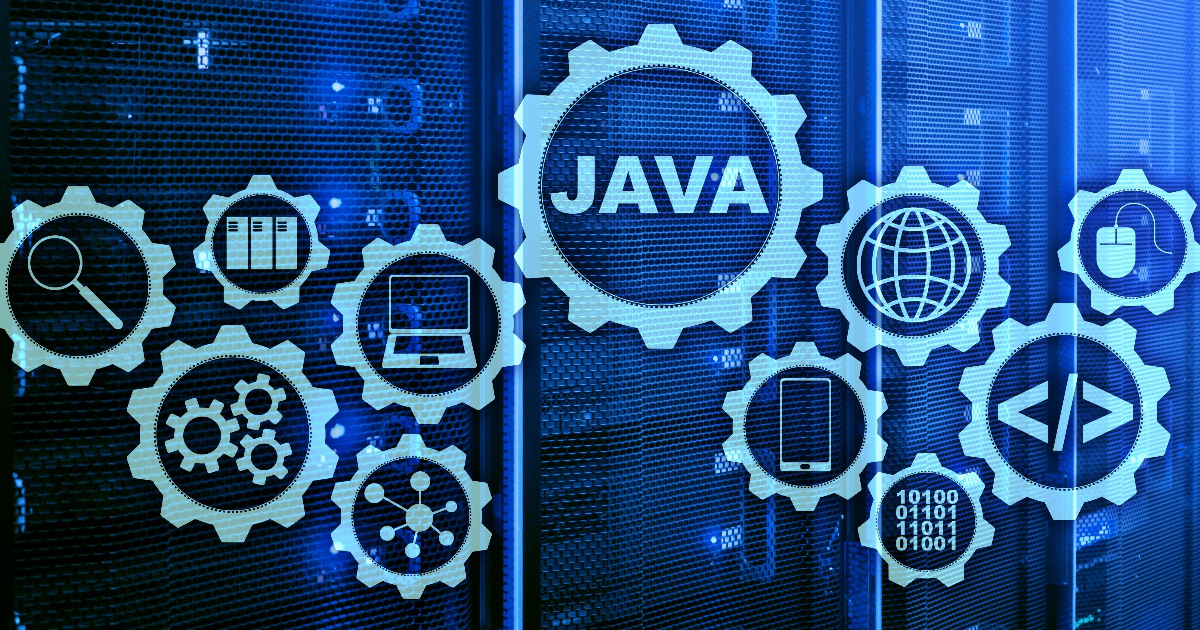Codetown
Codetown ::: a software developer's community
Learning Groovy and Self-publishing
What is Groovy and why should I care?
Hello again, it's me, Adam. Earlier this year, I finished my self-published book, Learning Groovy, which is about, well, learning Groovy. It also covers the top Groovy-based tools and frameworks, Gradle, Grails, Spock, and Ratpack.
I've enjoyed using Leanpub as a place to work on my books (What's new in Java 8 and others). It is really easy and developer friendly. It uses a Dropbox folder and you can write your book in Markdown (which I did). I've enjoyed a fairly constant trickle of purchases, but I was frustrated that I never had enough time to devote to the other huge part of self-publishing: marketing. To be really successful with a book, it needs to be marketed really well. You need to put in a lot of time and money. So, when it came to publishing "Learning Groovy," I approached several publishers to do the marketing for me.
Luckily, one of them accepted, and I'm currently in the process of final edits (publisher shall remain anonymous for now).
This means that you can only get the self-published version of "Learning Groovy" for a limited time. Once it goes to the publisher, I have to take down all my versions per the contract.
"What is Groovy and why should I care?" you ask? First of all, what rock have you been living under? Secondly, Groovy is a mature and flexible open-source language that runs on the JVM. Want to learn more about functional programming, want optional dynamic typing, easy restful services, easy reactive web applications (Ratpack)? Maybe you to learn about the most popular build framework and testing frameworks for Java (Gradle and Spock)? Groovy is where it's at.
Notes
Welcome to Codetown!
 Codetown is a social network. It's got blogs, forums, groups, personal pages and more! You might think of Codetown as a funky camper van with lots of compartments for your stuff and a great multimedia system, too! Best of all, Codetown has room for all of your friends.
Codetown is a social network. It's got blogs, forums, groups, personal pages and more! You might think of Codetown as a funky camper van with lots of compartments for your stuff and a great multimedia system, too! Best of all, Codetown has room for all of your friends.
Created by Michael Levin Dec 18, 2008 at 6:56pm. Last updated by Michael Levin May 4, 2018.
Looking for Jobs or Staff?
Check out the Codetown Jobs group.
InfoQ Reading List
JEP 500: Java to Enforce Strict Final Field Immutability by Restricting Reflection

JEP 500 prepares the Java ecosystem for final field integrity in JDK 26, restricting deep reflection mutations. This crucial update aims to enhance safety and performance by closing a long-standing loophole, transitioning toward stricter encapsulation. Developers can now anticipate warnings when attempting these mutations, ensuring a reliable path for future optimizations.
By A N M Bazlur RahmanInfoQ Announces January Online Architect Cohort Focused on Socio-Technical Leadership

InfoQ announces the January 2026 intake for its Certified Architect Program. Facilitated by Luca Mezzalira, this 5-week online cohort focuses on socio-technical leadership, helping senior architects bridge the gap between technical design and organizational influence. Participants engage in weekly applied learning and peer collaboration to earn the ICSAET certification.
By Ian RobinsLessons Learned from Migrating a Legacy Test Suite to Gauge with Kotlin

Liran Yushinsky shared how his team replaced brittle bash and kubectl tests with a unified Kotlin + Gauge framework. Using Fabric8, Terraform, and Ansible, they automated their test environments. Feedback loops dropped from hours to minutes, developers joined testing efforts, and shared ownership boosted quality and release speed.
By Ben LindersGoogle Cloud Launches Managed MCP Support

Google Cloud's introduction of fully managed Model Context Protocol (MCP) servers revolutionizes its API infrastructure, streamlining access for developers. This enterprise-ready solution enhances AI integration across services such as Google Maps and BigQuery while promoting wide-scale adoption. New tools ensure governance and security, and are currently in public preview.
By Steef-Jan WiggersArticle: Architecture in a Flow of AI-Augmented Change

While AI adoption is surging, most organizations fail to scale past pilots. The solution lies in organizational structure, not just technology. This article details how architects can enable "fast flow" by defining clear domains and guardrails. Learn how to shift from controlling outcomes to curating context, allowing AI to drive continuous, valuable business change.
By Jonathan McPhail, Juan Medina, Jake DeCrane, Isuru Wijesundara
© 2025 Created by Michael Levin.
Powered by
![]()
You need to be a member of Codetown to add comments!
Join Codetown